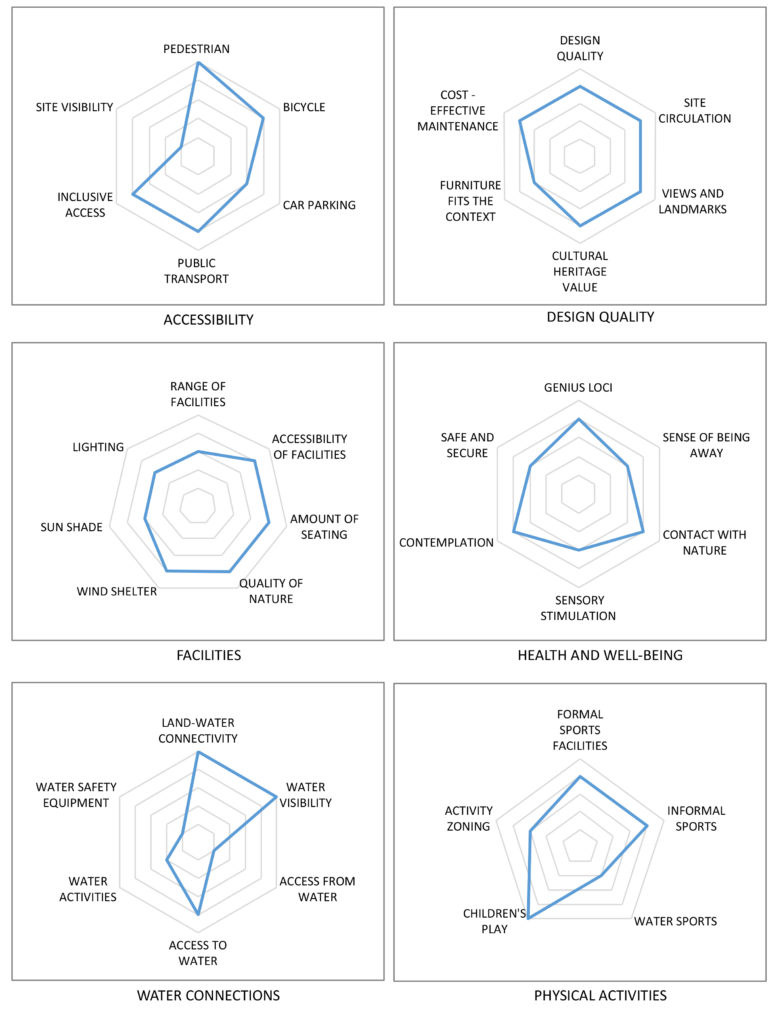
Architect
Tonkin Liu
Type of Area
Sea
Land/water interaction
Promenade
Stony beach
Sandy beach
Built Environment Types
Highly built
Low green
Scale of Impact
Block
City
Regional
Intervention Scale (Spatial)
Linear development – single intervention
Project Types
Seafront development
Public space regeneration
Urban design
Urban/ Rural
Inner urban area
Visibility and Openness
Fully open
Full horizon
Revitalising the Traditional Promenade.
This project is essentially a reworking of a traditional seaside promenade concept to provide a clear edge between beach of the English Channel and Dover town as well as to enable universal access, shelter and, above all, to create a new sense of identity and sense of place through the use of sculptural elements integral to the design – in fact combining design and art through the exploration of the wave form.
The project was designed by Tonkin Liu for a group of clients including Dover Harbour Board, Dover District Council, Kent County Council, SEEDA and English Heritage. It was completed and opened in 2010. The project was conceived as three artworks known as the Lifting Wave, the Resting Wave, and the Lighting Wave and was the winner of a design competition.
The project consists of a new 3,500 m² promenade to connect Dover’s Eastern and Western docks and includes a Sea Sports Centre and a crossing linked to a tunnel connecting the seafront to the central town square. The designers used a method they call “asking, looking, playing, making” to investigate the character and potential of the place, the three sculpture/promenade elements being the result.
The Lifting Wave is a successive set of pre-cast white concrete ramps and steps linking the Esplanade with the stony beach. It includes a surface that catches the light as well as being universally accessible. Plants and a rainwater collector follow the ramps downwards.
The Resting Wave forms a retaining wall running along the Esplanade. It is notable for providing bays with seating giving shelter and sun together. The surface of the wall creates shadows and preventing glare.
The Lighting Wave is a line of white columns with artwork to follow the form of the sea wall and terrace as well as improved lighting. The designers claim that the three waves each refer to place, respond to the seafront and fulfil social functions.
Perception and Meaning
Imageability
Place attachment
Place identity
Health and Wellbeing
Increased physical activities
Increases socialisation
Aesthetic experience
Interaction with Water
Visual
Tactile: touch

This project performs well in most of the categories, although it has fewer physical activities available, in part due to its location. It is particularly strong in accessibility except for the visibility of the site (and therefore its visual accessibility) which is a little hidden due to its lower elevation. The design quality also scores highly although the project may be a little costly to maintain. The range of facilities is rated well although shade and especially shelter are weaker due to the exposed south facing location. For health and well-being it shows weakness in the sense of being away (it is backed by the urban setting and has views of ferry terminals) and contact with nature, it being in a very built environment. It also rates generally highly for the accessibility and connection to water but lacks safety equipment. Physical activity opportunities generally good for most informal types but not for formal ones. Overall it is a very good project.
